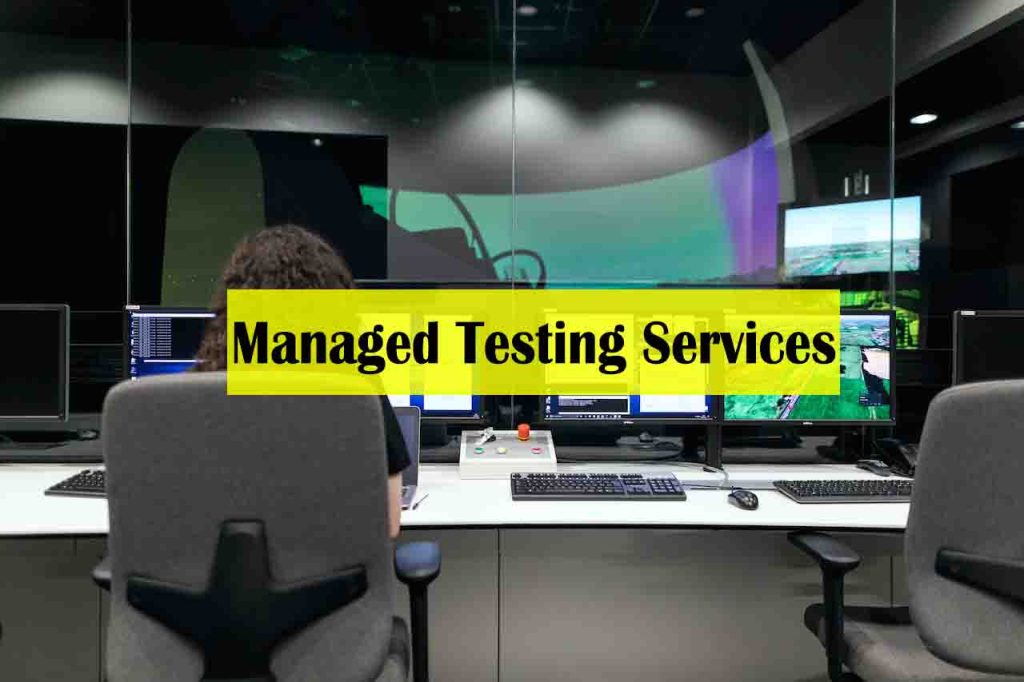Software testing is one of the most important processes for ensuring a healthy digital product. With so many different types of tests available, how can you choose which testing methods best fit your needs? The fast-paced nature of software development creates the need for optimized and error-free tests that are performed quickly and accurately. To ensure this, it’s necessary to focus on managed testing services, such as functional, system, acceptance and automated testing.
Managed testing services save time and help identify errors in digital products quickly and effectively. In this article we explore the various managed testing with UTOR – including functional, system, acceptance and automated testing – along with their advantages and disadvantages. If you have an idea but are unsure which test would be the most suitable type for your project, this guide should prove helpful.
Benefits of Managed Testing Services
• Save money by reducing testing costs and improving efficiency.
• Feel confident in the quality of your applications through thorough testing practices.
• Get more accurate results with a team of experienced testers devoted to analyzing your products with precision.
• Uncover hidden bugs earlier, which can reduce costly revisions later on.
• Easily keep track of project progress with comprehensive reporting capabilities.
How Mobile App Testing Requires a Different Approach
As the mobile app market continues to expand and evolve, it’s becoming increasingly important for developers and testers to understand how to properly conduct mobile app testing. Mobile app testing requires a different approach than other types of software testing due to the range of devices, platform variations and user interactions with apps. In this article, we will look at how mobile app testing differs from traditional software testing and what steps should be taken to ensure quality results.
1. Know Your Target Audience
2. Choose an Appropriate Testing Tool
3. Conduct Compatibility Testing
4. Create Thorough Test Cases & Scripts
5. Understand Application Performance & Stability Expectations
Challenges With Managing Software Development Projects
Software development projects can be difficult to manage due to their complexity. From coordinating different teams, managing resources, and developing bug fixes, the challenges of managing a software development project are all very real. We’ll discuss those challenges and who we are in this article:
• Balance Cost and Quality Control
When working on large software development projects, companies must consider both cost and quality. This can be a tricky balance because oftentimes there’s limited financial resources available to complete a project. It’s important for managers to closely monitor spending while ensuring that the quality of deliverables meets or exceeds expectations. Balancing these two aspects is key to developing effective software solutions on time and on budget.
• Managing Scope Creep
A common challenge in software development management is scope creep, which is when the scope of a project becomes larger than what was initially planned or agreed upon at the start of the project. When this happens, deadlines and budget estimates may need to be reevaluated as some tasks that were not included in the original plan suddenly become necessary for completion of the project. To avoid scope creep it is critical that stakeholders define clear goals for each phase of the project before beginning any work.
• Ensuring Requirements Are Met
Developing software solutions often involves meeting certain user requirements or industry standards; if any requirements are overlooked during development then users may experience problems or bugs when trying to use the software solution. In order to ensure users get an incredible finished product that meets their needs, developers must keep track of requirements throughout each stage of development and verify that they have been met before releasing any versions of the software solution into production.
• Testing & Debugging Issues
Before releasing any version of a software solution into production it should be thoroughly tested so any bugs can be identified early on and fixed right away without disrupting user experience. This process requires dedication because identifying bugs requires knowledge about how code works together inside each module and differences between test environment settings versus production environment settings (e.g., authentication).
Debugging issues also requires in-depth knowledge about debugging tools like breakpoints so developers can identify source code lines causing issues right away without spending too much time looking through code for answers manually (called “debugging by printing”).

